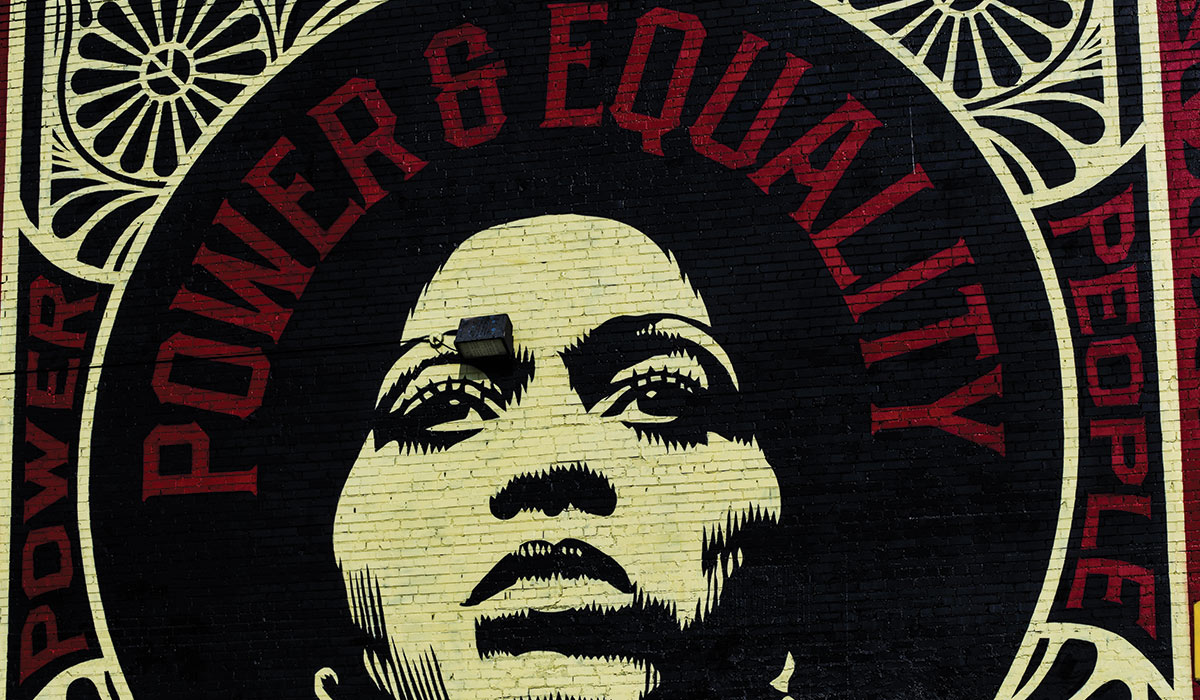Racial Inequality and Inequity: An Ongoing Lament

“I grew up poor and white. While my class oppression has been relatively visible to me, my race privilege has not … I now make the distinction that I grew up poor and white, for my experience of poverty would have been different had I not been white.” —Robin DiAngelo
To be able to illustrate the main points of this article, I will narrate a fictitious analogy: Imagine two kids at a playground. Let’s name them Jared and Chris. They are both 7 years old, healthy, and belong to middle-class families. One of the differences between these two boys is their racial identity and background. Jared is black, and Chris is white.
Jared and Chris were playing on the monkey bars together. They were having a good time until they fell from the bars simultaneously. Both experienced a similar degree of pain with the same amount of scars and bruises on their bodies. When they started to cry out loud, their parents came to their rescue.
Upon arriving at the hospital, Chris and his family were easily attended to by the hospital workers and nurses, and Chris got stitched up right away. Jared’s family, on the other hand, had an entirely different experience. Even though both families were in the same hospital, Jared and his parents were not attended to nor treated by the hospital’s workers as immediately and as respectfully as Chris’ family. They were even questioned about their financial capacity to satisfy the medical bills and experienced a handful of microaggressions from hospital workers and patients while in the waiting room.
Jared’s parents not only needed to make the extra effort to address the urgency of their son’s injuries, but they also needed to internally negotiate and externally legitimize that they are worth the same level of respect, attention, and care as Chris’ family. For Jared and his family, it required more internal and external labor to earn the medical assistance and interpersonal respect that Chris and his family easily received. Although they shared the same injuries and trauma, the level of access and the ways in which they were treated and perceived in the process of seeking help differed significantly.
This story symbolizes a reality that the majority of people of color in North America experience on a daily basis: It is one thing to experience trauma and harm, and it is another thing to address and heal this trauma with the appropriate support and resources—resources that are often accessed from the system. The tragedy lies in the fact that the system has been founded on ideologies and traditions that are socially and politically inhospitable to people of color, refugees, and immigrant and migrant communities, which then sets the racially and ethnically marginalized up for failure and disappointment as they pursue such support and resources.
Although it varies in degrees and circumstances, many people of color do not have the luxury to focus solely on their personal healing and inner work. They must navigate and inhabit spaces and social settings where they need to discern whether they are safe enough to share their reality, pain, and needs while living in a country with institutional and historical racism—where their faces are not honored, but instead, stereotyped, inferiorized, and even tokenized. Inner work does not feel sufficient for many of them because the root cause of their struggle and suffering is external. It is in the system itself.
As a psychotherapist in training, my clients of color and I constantly need to get creative as we carve a path towards their healing, especially in light of systemic and cultural oppression. We also need to be wary of the fact that the majority of trauma therapy and social work are intricately connected to and benefit from the system—a system that never favored nor prioritized the safety and health of black communities, indigenous peoples, and people of color. It is one thing to collaboratively develop treatment plans that help alleviate and cope with my clients’ anxiety, foster trust and love in their relationships, and cultivate healthy practices to nurture their mental and physical wellbeing, but it is another thing for them to do so with vigilance, knowing that the system and society will either hinder the healing or limit them from experiencing it fully and sustainably.
With these conversations, I encounter people—mostly white folks—whose tendency is to feel ambivalent or paralyzed when it comes to conversations on racial justice and reconciliation, especially when racism exists and thrives on an institutional scale. But it is important to note that, just as the psalmists and prophets wrote, we must stay close to the pain. The anger. The hunger for justice, restoration, newness, and shalom through the discipline of lament.
In his book Prophetic Lament: A Call for Justice in Troubled Times, professor and author Soong-Chan Rah writes, “How we worship reveals what we prioritize. The American church avoids lament. Consequently, the underlying narrative of suffering that requires lament is lost in lieu of a triumphalistic, victorious narrative. We forget the necessity of lament over suffering and pain. Absence doesn’t make the heart grow fonder. Absence makes the heart forget.”
As God’s people, my hope is that we realize how lament is not merely expressed through confession, verbal contention and petition, but lament can be embodied as well. We contend not because we are whiney or ungrateful, or not simply because we are tired (although this is true), but because people with underrepresented and marginalized identities are hurting and dying, and this has been going on for many generations.
As God’s people, how could this not infuriate us? How could this not leave us undone?
